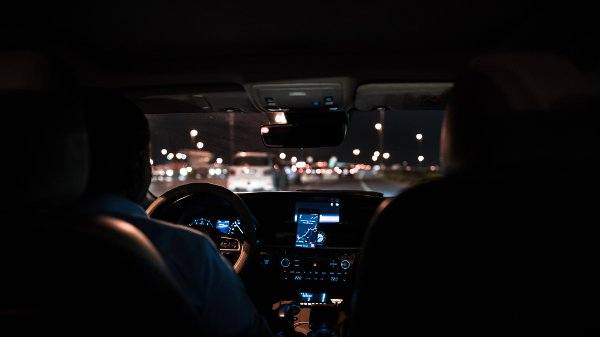The concept of crowdsourcing isn’t really new. It makes the most of an open and interconnected network of people ready for business. From Fiverr to Uber and anywhere in between, the trend towards a freelance workforce is becoming more and more prominent – and whether people join the ‘gig economy’ full-time or as a part-time activity to make some extra cash, the concept is here to stay. In fact, a study by Intuit predicted that by 2020, 40 percent of American workers would be independent contractors. In the UK it’s estimated that five million people are currently employed in this type of capacity. People enjoy the benefits of flexible hours, with control over how much time they work vs other priorities in their lives.
The important thing is that these contractors are poised to become an increasingly essential part of the logistics jigsaw puzzle for many companies that are trying to scale their delivery operations. Increasing delivery costs, truck capacity shortage, lack of qualified drivers, and growing customer demand for better delivery options are piling up the pressure for businesses, pushing them to look for the additional resources they need in order to expand and modernize their delivery infrastructure without damaging their profit margins.
Itamar Zur, the CEO of Veho, a crowdsourcing platform for final mile delivery explains that by understanding the economics, key benefits and technologies required to harness crowdsourcing, established carriers can also use the model to complement their existing fleets, differentiate on customer experience, and capitalize on the growing demand for last-mile drivers. He emphasized the importance of delivery companies helping their crowdsourced drivers skip the lengthy ‘learning curve’ by providing technology that takes them step by step through the delivery process and eliminates any opportunity for error.
It’s important to remember that the crowdsourced last-mile delivery market is still in its infancy. Retailers and restaurants are fully aware of the need to expand the way they deliver, and now start-ups are seizing the opportunity. Roadie, for example, wants to make the most of the empty space in the millions of cars and trucks on the roads, recruiting drivers who are already headed in the right direction to make the delivery. Other companies such as Ourbus are focusing on crowdsourcing the commute. In both cases, the bottom line is to find a way to more efficiently manage space and availability in vehicles. Established retailers are also looking at this strategy as a method to complement their fleets and delivery partners. For example, last summer Wal-Mart began testing an app that matches online order delivery addresses with its employees’ driving routes so they can deliver packages ordered online as they drive home.
With the current shortage of trucks space and drivers, I look forward to seeing how companies implement crowdsourcing and crowdsourced delivery as a part of their supply chain. The reality is that businesses will have to get creative if they want to properly manage the capacity shortage, and using multiple fleets is going to be one of the fastest growing supply chain trends. Axios reported this month that truck utilization rose to 100% in 2017, leaving the industry in a tight spot. The answer to this major challenge might be readily available through crowdsourced freelancers, or even employees, who are willing and available to help.



